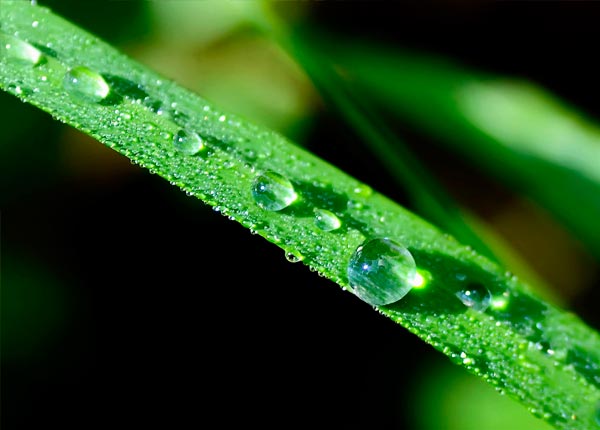Leed
INTRODUCTION TO LEED
The LEED (Leadership in Energy and Environmental Design) certification system is a standard applied in over a hundred countries worldwide. It was developed by the US Green Building Council (USGBC), a non-profit organization that promotes and offers a comprehensive approach to sustainability, recognizing virtuous performance in key areas of human and environmental health.

The LEED standard, also present in Italy thanks to the efforts of the Green Building Council Italia (GBC Italia), which created a local version, establishes the requirements for constructing sustainable buildings concerning energy and the consumption of all environmental resources involved in the construction process.
To receive LEED certification, a project must meet the requirements and earn points to achieve different levels of certification. Prerequisites and credits vary for each verification system, and the design team can choose the best solution for their project.
LEED is a voluntary system for designing, constructing, and managing high-performance sustainable buildings, and it is gaining increasing popularity worldwide. Through the active and voluntary collaboration of its members, GBC Italia has adapted the American LEED standard to the Italian reality, and since 2010, it has been possible to use the LEED 2009 Italy New Construction and Renovations manual.
LEED caters to different market niches with dedicated products. In general, the structure of all LEED tools is divided into six sections:
- Site Sustainability
- Water Management
- Energy and Atmosphere
- Materials and Resources
- Indoor Environmental Quality
- Innovation in Design
Within each section, LEED includes credits, and the number of credits with potential contributions varies among products. The number of points obtained by a building is correlated with one of the 4 certification levels: Certified, Silver, Gold, Platinum.
In Italy, the autonomous province of Trento has mandated the adoption of the LEED protocol since 2008 to assess the sustainability of newly constructed buildings owned by the province. Additionally, through provincial legislation and building regulations in various municipalities, various forms of incentives, both economic and volumetric bonuses, are provided for private projects.
Contribution of Graniglia, Cement Pastine, and Grandinetti Cementine to LEED
No product by itself can be LEED certified, and this report suggests potential areas of contribution to earn LEED points using the Protocol Italy v.2009 for New Construction and Renovations. It should be noted that the above-mentioned products vary in their scoring contribution from project to project.
Graniglia, Cement Paste, and Grandinetti Cemetine v.2009
New Construction and Renovations
MR – MATERIALS AND RESOURCES
- MR credit 1.2 / 1 point
Building Reuse: Maintain 50% of non-structural elements. - MR credit 2 / 1-2 points
Construction Waste Management. - MR credit 5 / 1-2 points
Regional Materials.
QI – INDOOR ENVIRONMENTAL QUALITY
- QI credit 4.1 / 1 point
Low-Emitting Materials: Adhesives, primers, sealants, cementitious materials, and wood finishes.
ADDITIONAL GREEN FEATURES OF GRANIGLIA, CEMENT PASTE, AND CEMENTINE
While it is acknowledged that LEED protocols reward buildings rather than individual products, notable suppliers offer significant environmental benefits, although they may not directly contribute to LEED credits.
In addition to the contribution to the aforementioned LEED credits, the following attributes provide further environmental benefits:
- Excellent thermal characteristics: The mentioned products can be utilized in underfloor heating and cooling systems due to their exceptional thermal properties.
- Patented “microcamere-curing” method: Grandinetti has developed a system of airtight micro-chambers that allow their tiles to naturally mature by releasing their own heat and humidity. This method saves energy and water compared to traditional methods that require steam saturation for maturation.
- Monolayer tile production: Using this technology, the tile consists of only the noble layer, expelling excess water (which would otherwise be absorbed by the substrate in double-layer tiles) through special filters and pressurization. This results in multiple benefits, both technically and economically: the tile becomes more compact, transportation costs are reduced, installation surfaces are significantly lighter, and standard adhesive methods can be used for installation.
- Water purification during processing using a flocculant solution with water recycling, leading to considerable water and energy savings.
- 100% of Grandinetti’s electricity demand is met with renewable energy sources through a certified GO supply contract issued by the GSE (Gestore dei Servizi Energetici).
- Upon request, the cement used in Graniglia tiles can be enriched with the photocatalytic active principle TX Active, developed by Italcementi Group. This formulation can reduce air pollutants and has been tested and certified by various independent research centers.


















